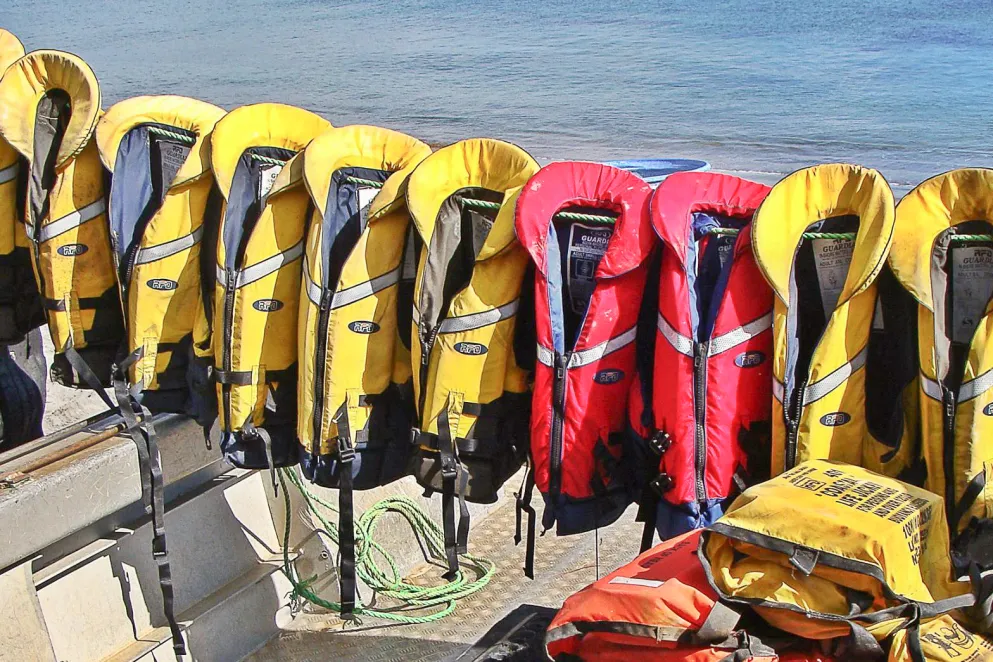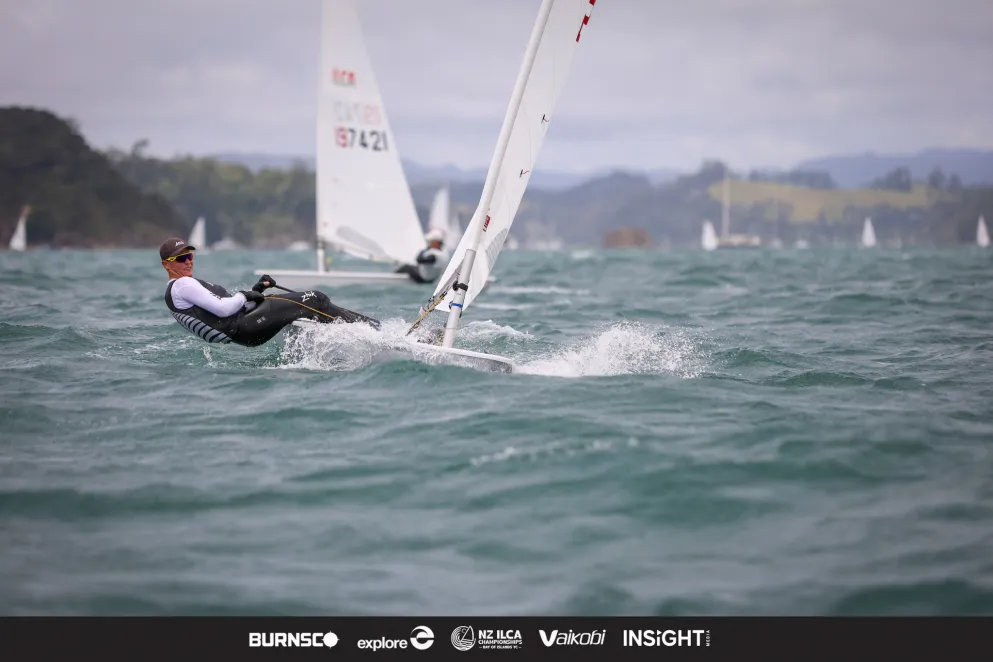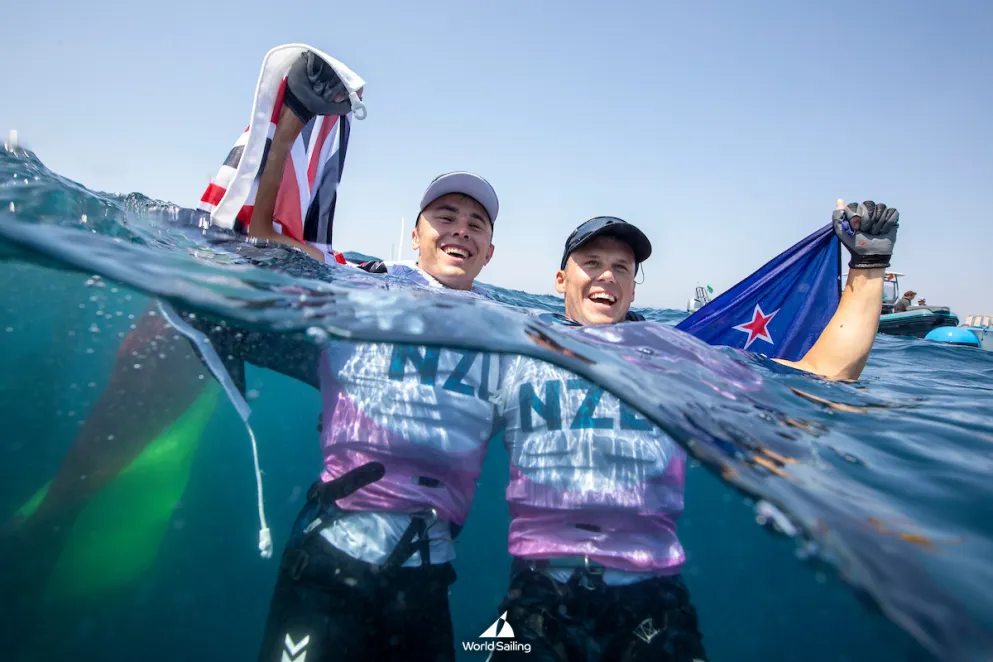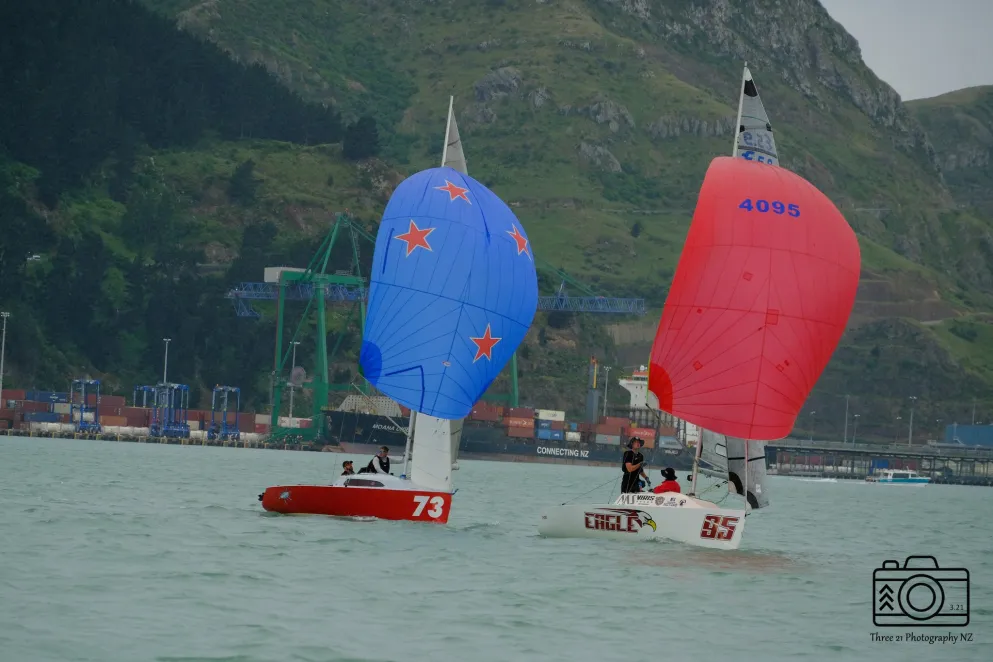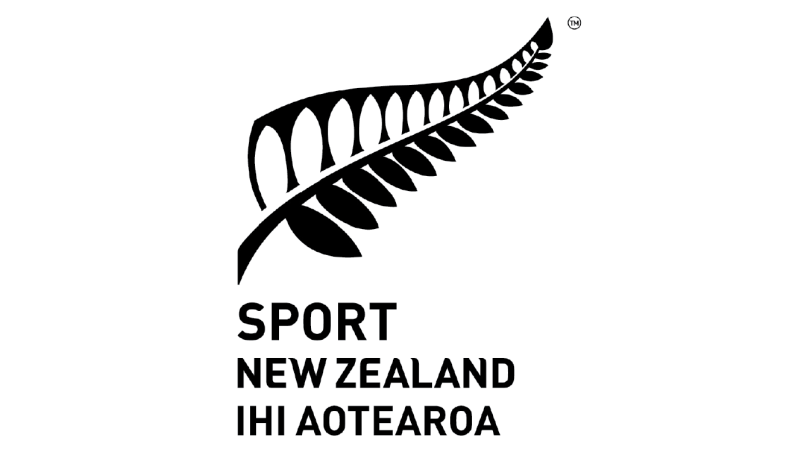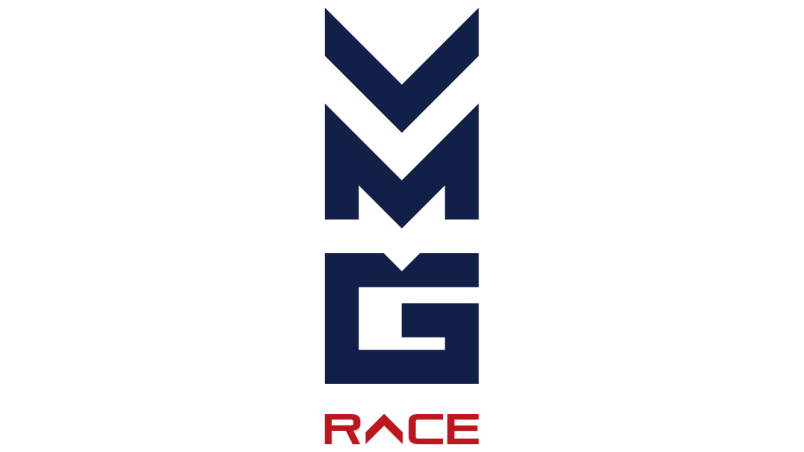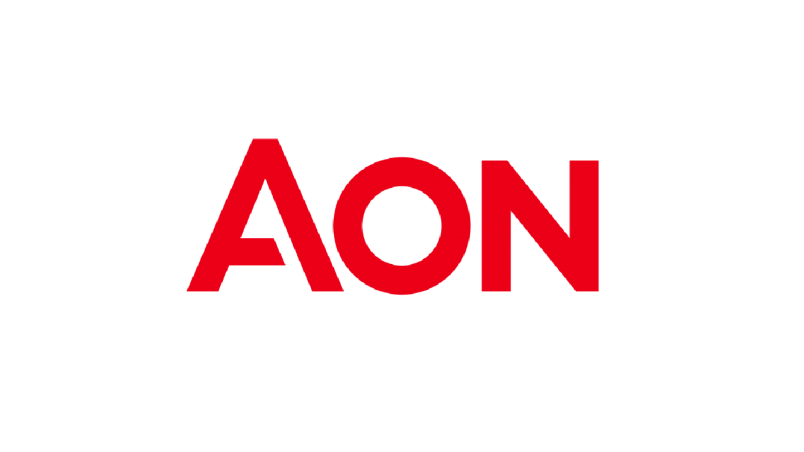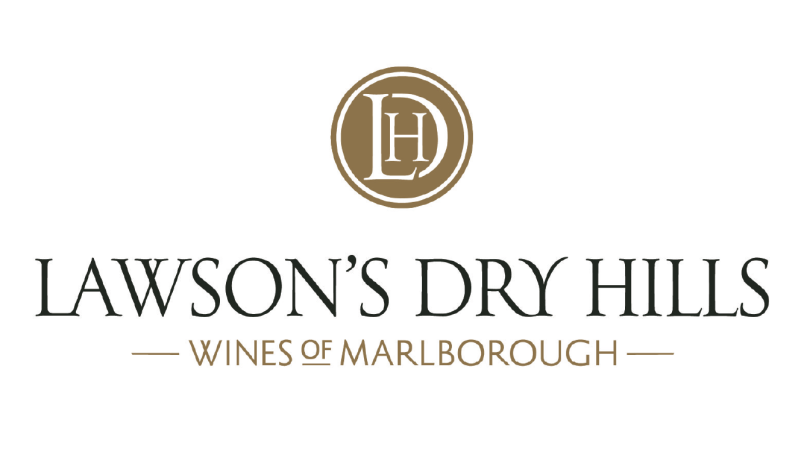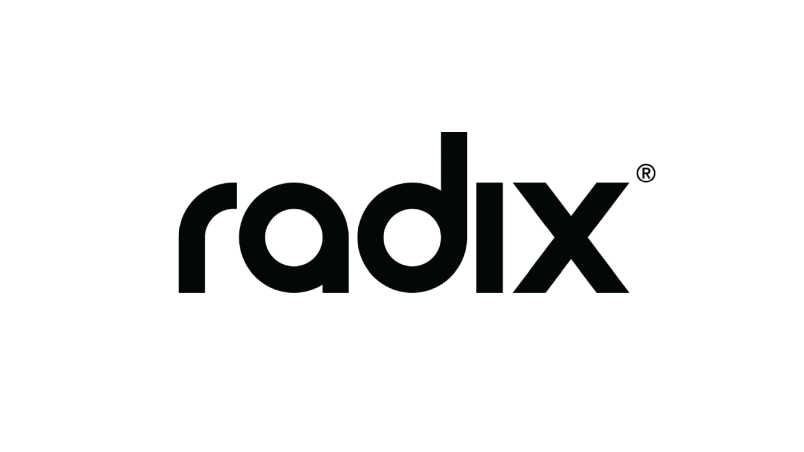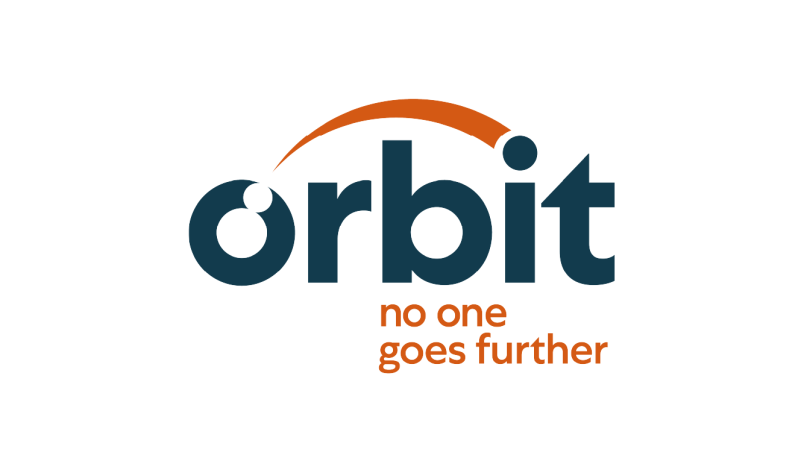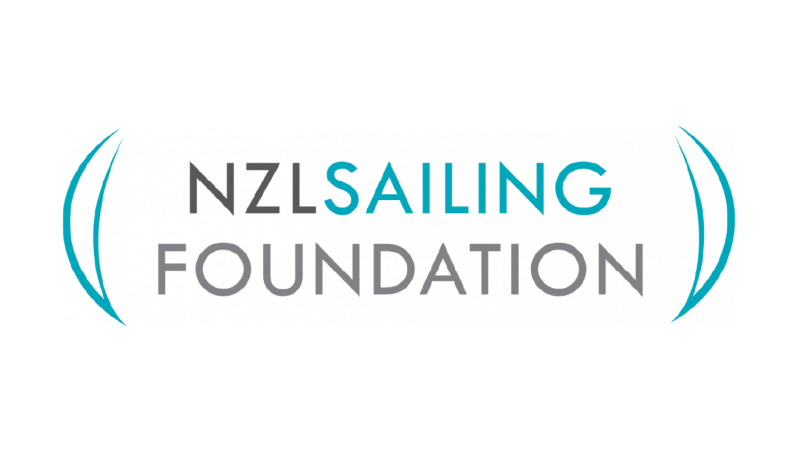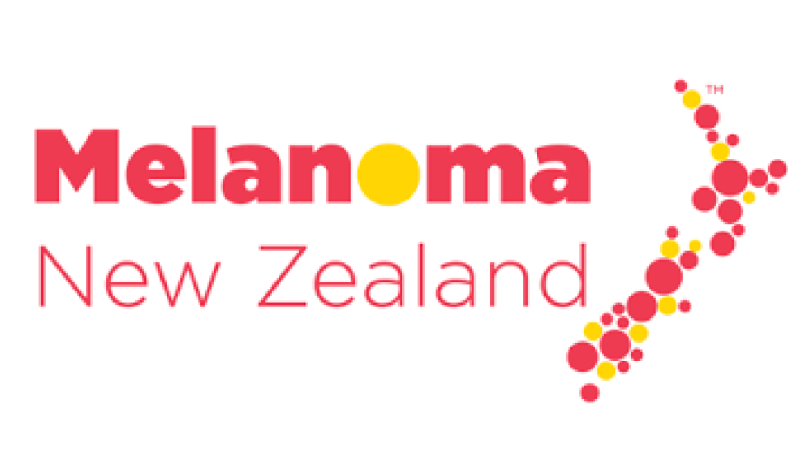Water safety month launched to prevent drownings
New Zealand’s first Water Safety Month was launched recently because too many people are dying in New Zealand waters.
Already this year 57 people have died in the water in preventable incidents*, compared to 66 in all of last year. That includes 18 recreational boaties, compared to just four in all of last year.
The Forum comprises 24 boating and water safety organisations including Maritime NZ, Coastguard NZ, Surf Life Saving NZ, Water Safety NZ, Drowning Prevention Auckland, harbourmasters, the Marine Industry Association and many recreational organisations.
All the organisations – government, volunteer and sports bodies – are increasing collaboration to get water safety messages to people.
Water Safety Month is designed to get people thinking about preparing before they go in, on or around the water.
Maritime NZ will start the month with Safer Boating Week leading up to Labour weekend, which is when many boaties get back on the water after winter. The theme is “prep, check, know’.
Prep your boat: Service the engine, check and change the fuel, check the battery, and generally give the boat a good once-over.
Check your gear: Make sure your lifejackets are still fit for purpose and you have enough, service any inflatable lifejackets, ensure you have two reliable forms of communication equipment – usually, marine VHF radio is best, check the marine weather forecast.
Know the rules: Ensure you know the rules of the road on the water, and check your local bylaws to make sure you understand what the requirements are in your area.
There are more programmes this year than ever before to help people keep themselves safe.
Coastguard NZ has expanded its Old4New Lifejacket Upgrade, with the Old4New van visiting 63 locations around the country this summer. Maintenance and replacement is key to ensuring lifejackets work when they are needed.
Surf Life Saving New Zealand said the safest place to swim is between the red and yellow flags on a lifeguarded beach. Anyone who gets caught in a rip should remember and practice the three Rs – relax and float, raise your hand and ride the rip to have the best chance of getting to safety.
Hundreds of thousands of boaties are now using small paddle craft, like kayaks and stand up paddle boards, and jet skis and the numbers are going up fast.
People using these types of craft don’t always know the risks they face. This summer there will be new pilot programmes to meet people on the beaches and provide them with simple, fun advice and help, including one by the Kiwi Association of Sea Kayakers.
Water Safety NZ will be reinforcing their message around constant active adult supervision of toddlers and small children at all times around water. This year there have already been six fatalities involving under-fives.
Water Safety NZ’s annual funding round will this year invest $2 million in drowning prevention programmes. The main focus is Water Skills for Life training in primary schools.
Water Safety NZ are also investing in Māori drowning prevention and regional water safety strategies in the high risk areas of Auckland, Waikato and Bay of Plenty.
The month will end at St Mary’s Bay with Drowning Prevention Auckland running a family, have-a-go Water Safety Day with all their organisations involved.
Boating and water safety organisations will then continue their safety programmes and events through summer.
* Preventable fatalities are those where water safety sector intervention could have had an influence (for example where the victim was boating, swimming, diving) while non-preventable include events such as suicides, homicides and vehicle accidents (where water safety education and activity would not have prevented the death). (WSNZ)
